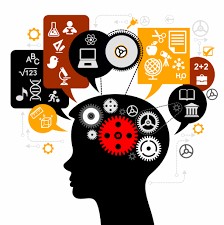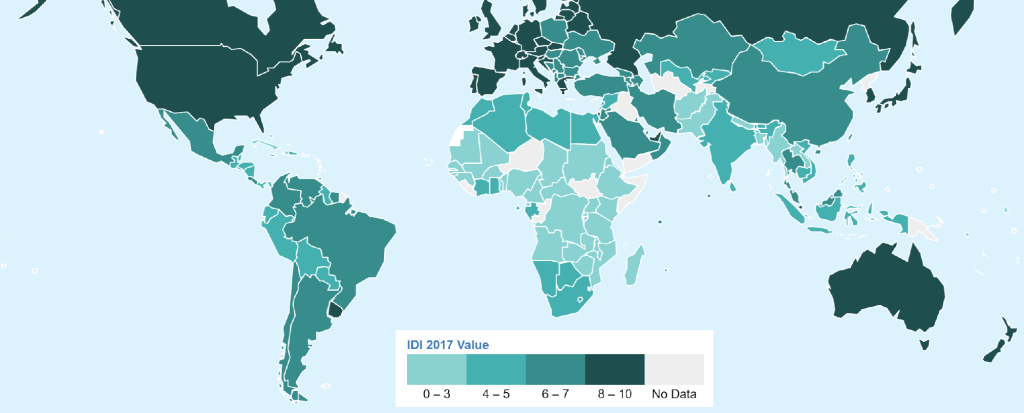
T1E1: Going into the course – (thoughts before we start Topic 1)
As
I am starting this course, I go in with a little bit of apprehension.
Actually to be truthful huge apprehension. I have various questions, doubts and thoughts:
- A lot of pressure is put on us as educators. So where
do I find the time to write a blog?
Tweeting (not that I have done it) is probably faster. But how do I engage my students?
- Supervision of postgraduate
students is one on one, here we are more interested in peer review. What will a blog add to the students’
‘learning’?
- What is a good
statistical blog? Interesting court
cases, statistics about sport?
- How do you keep
somebody’s attention?
- By being brief? What is the definition of brief?
- By being Catchy?
- How do I teach a
learner to think critically? On the web
not all is peer reviewed.
- Digital learning
is not accessible for everybody. How does
one make it accessible and fair?
- Internet access? Broadband?
- Hardware (iPad, computer)?
- Smartphone?
Will a specific app take less broadband?
- I am also
interested in adult learning (adults in disadvantaged communities with limited
education). How does one implement digital ‘learning’ for such adults? May be using visualization?
- How do we implement digital learning
and still educate learners to write coherently and not in hypertext?
- Privacy and being visible. Do I want to be more visible on the internet? I want to keep my private life separate from
my professional life. Also by exposing
my students to a digital platform I wonder:
Is it ethically correct to expose them to a digital platform, where they
might come across ‘marketing hackers’ who can expose them to advertisements and
links that influence the way they think?
T1E2: After two weeks of Topic 1: online participation and digital literacy

What a mind-blowing two weeks –
#online participation, #digitial literacy,
#digital citizen, #visitors vs residence
#digital divide #digital tools
#technically adept
#tools #places #spaces
So many views and blogs/policy documents on what is ‘digital literacy’. One such definition is from the JISC (2014) guide on developing digital literacy:
Digital literacies are those capabilities which
fit an individual for living, learning and working in a digital society.
From a practical perspective: You can’t be digitally literate if you do not have: hardware (PC, iPad, tablet, laptop, smart phone), software/tools/platforms/apps, internet and an audience?
The
first thing our learners do in orientation, is a computer literacy course. This course is a building block for learners
to become technically adept; their skills spectrum will fall somewhere between that
of a ‘visitors’ and ‘residence’ (White and Le Cornu, 2011) . Without much effort
most of them will manage hardware and tools,
and interact with the tool/platform. This is the easy part, but how do we teach
them about things that are not obvious or are intangible?
- How to think
critically about the information they find, how to distinguish between good,
solid information and completely untrustworthy information?
- Teach them that
online participation opens them up to ‘hackers’ stealing and selling their
information.
- Teach them that online participation makes
them the ‘target’. They will be bombarded
with hyperlinks, advertisements etc., in order to channel and influence their
opinions.
- To use digital
platforms ethically.
As an educator how do I encourage online participation if we have such a large ‘digital divide’? Even now the access to digital hardware and tools is very limited for some people. In South Africa the ICT Development Index (IDI) is only 3 to 4, but the highest in Africa (ICT Development Index (IDI) ). Comparison to the rest of the world is shown in figure 1. It is clear that most of the world is still far behind the US, Canada, Australia and Europe.

Figure 1: ICT development index 2017 map from https://www.itu.int/net4/ITU-D/idi/2017/ index.html#idi2017map-tab, methodology of how index is calculated https://www.itu.int/en/ITU-D/Statistics/Pages/publications/mis2017/methodology.aspx
References
ICT Development Index (IDI) , https://www.itu.int/en/ITU-D/Statistics/ Pages/publications/ mis2017methodology.aspx
Developing digital literacies (2014) JISC guide. Available here
White, D. & Le Cornu, A. (2011) Visitors
and residents: A new typology for online engagement. First Monday, 16(9). Available here